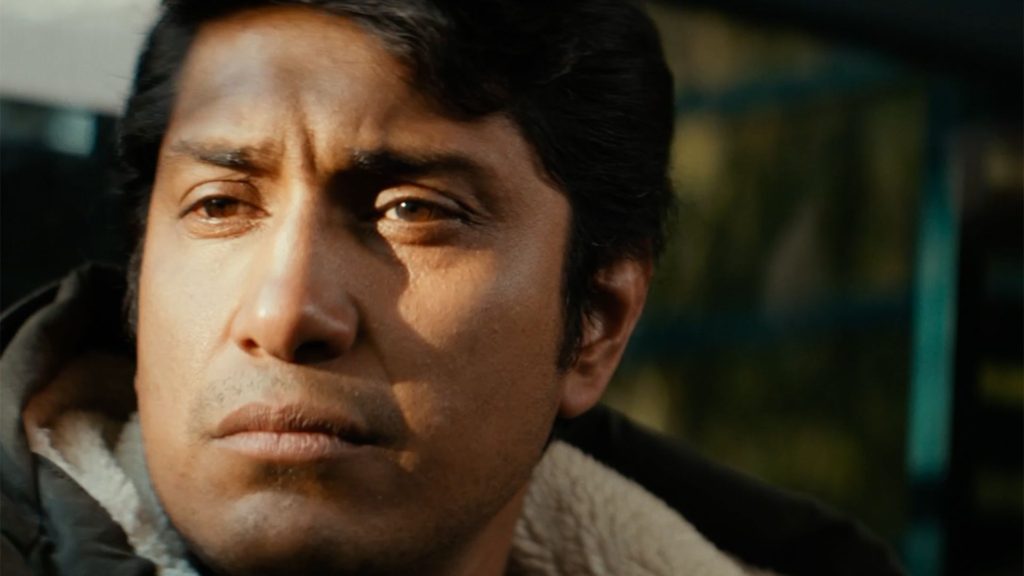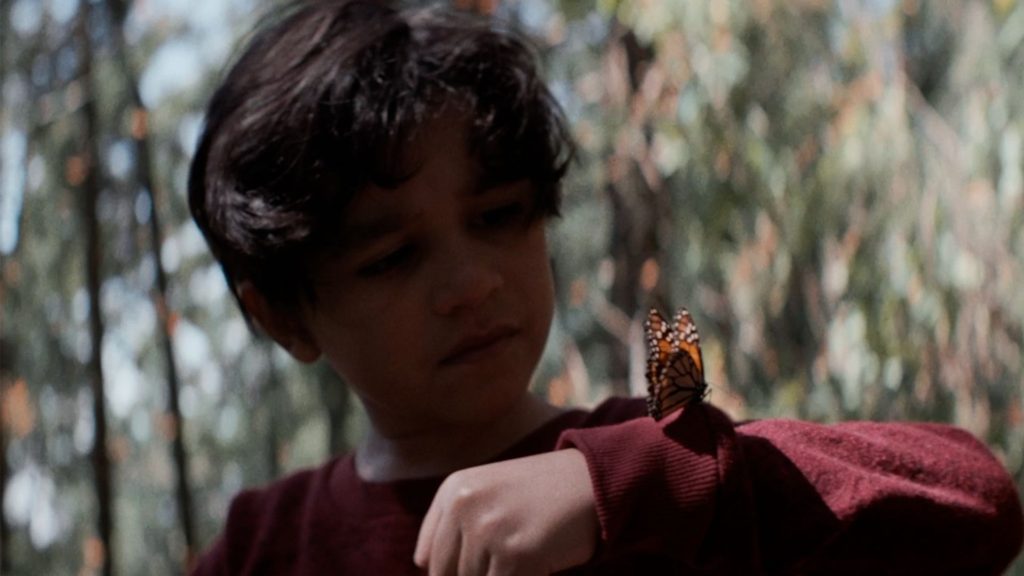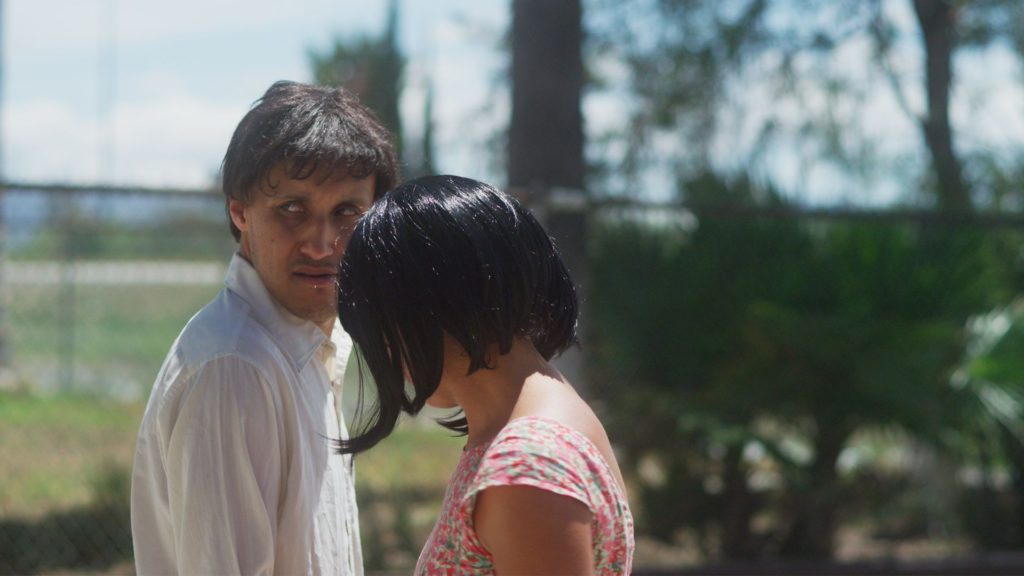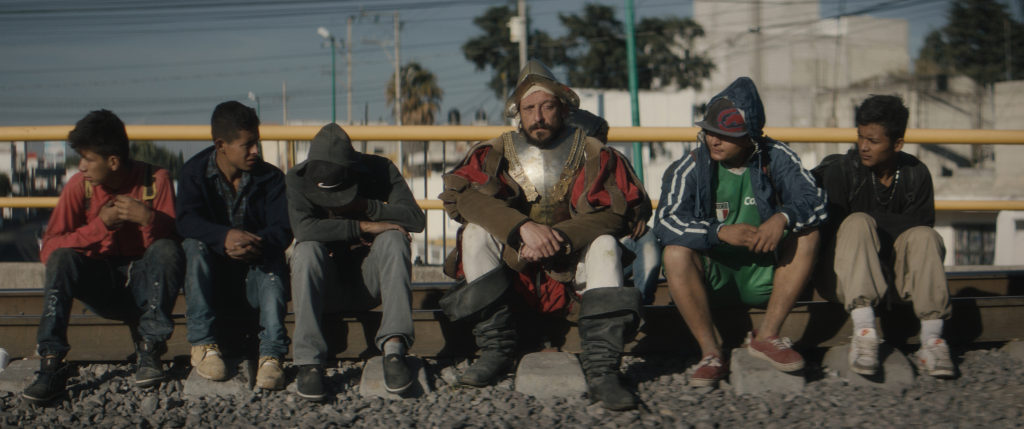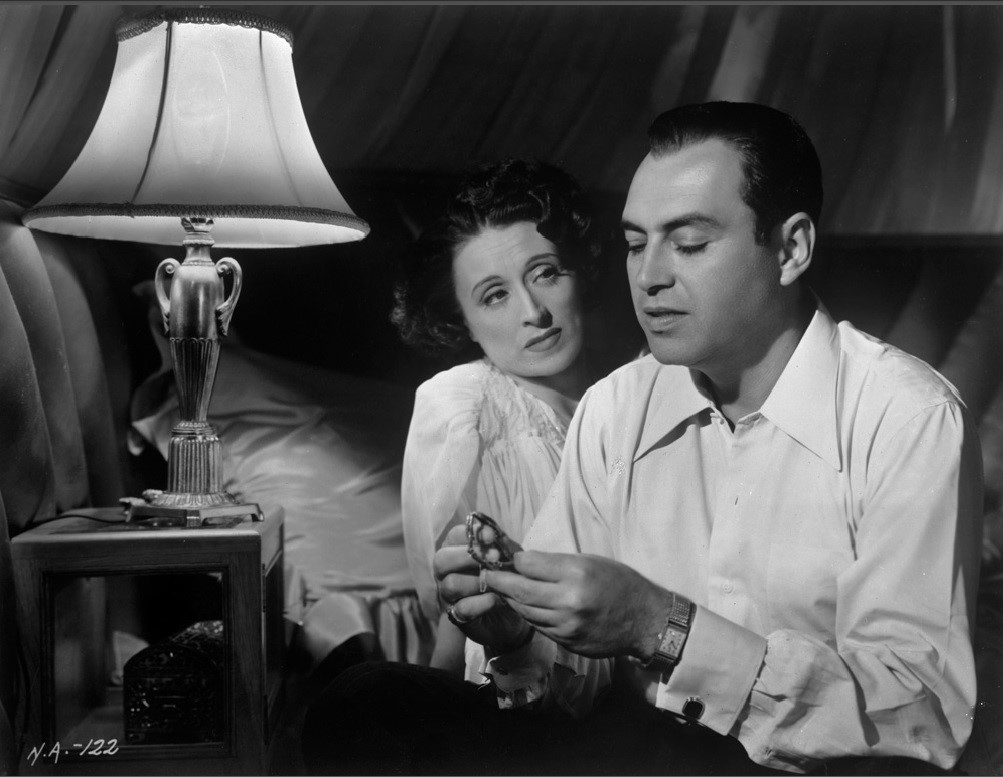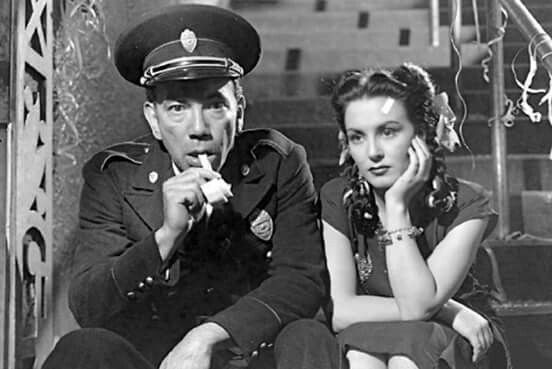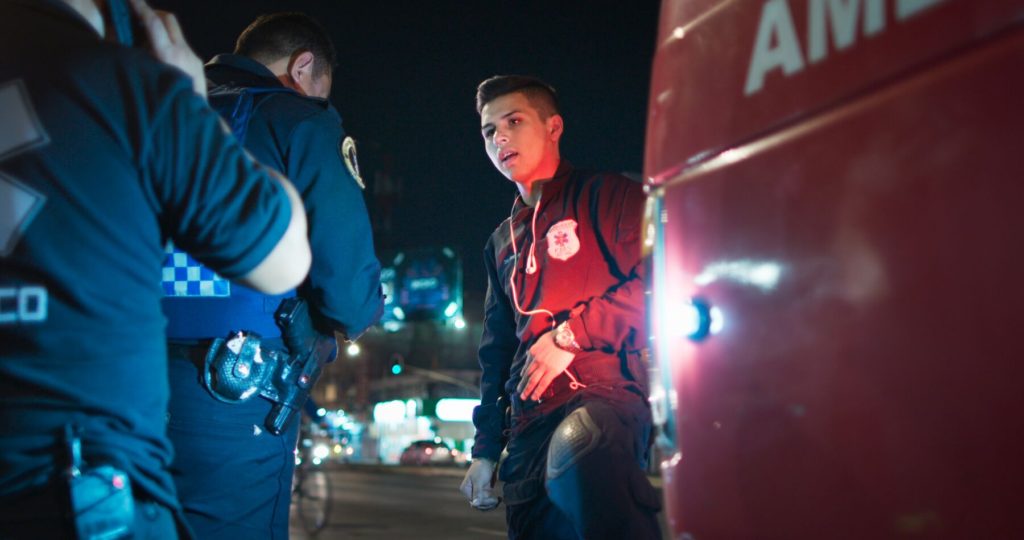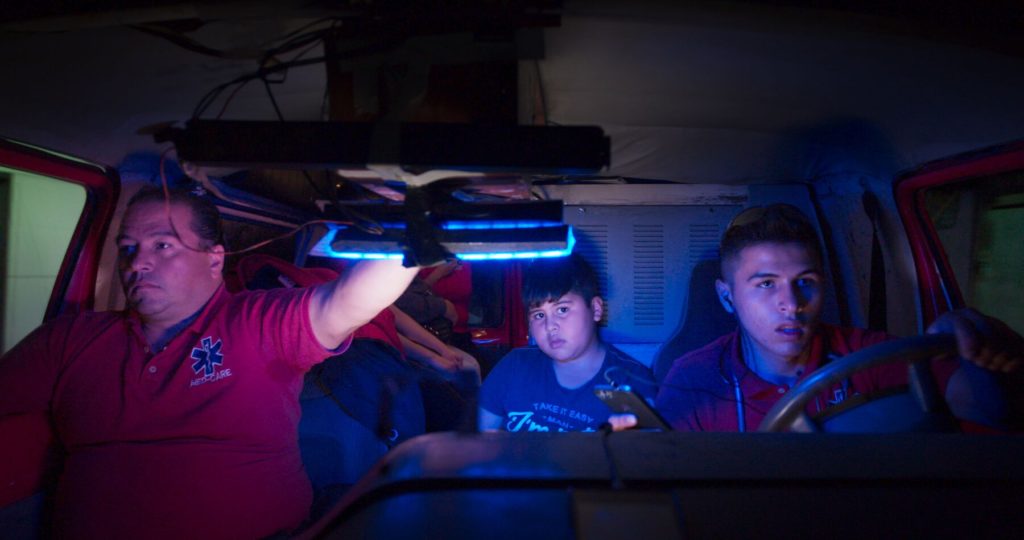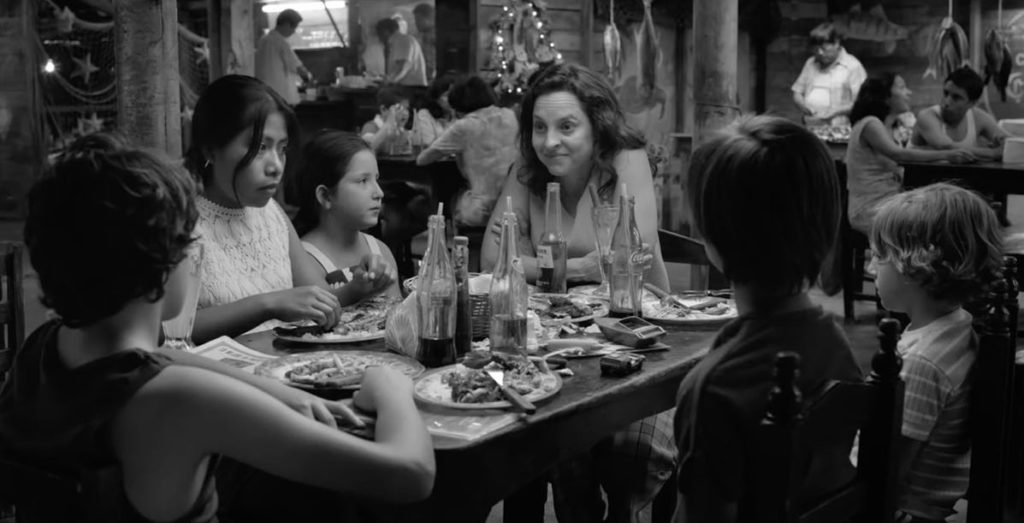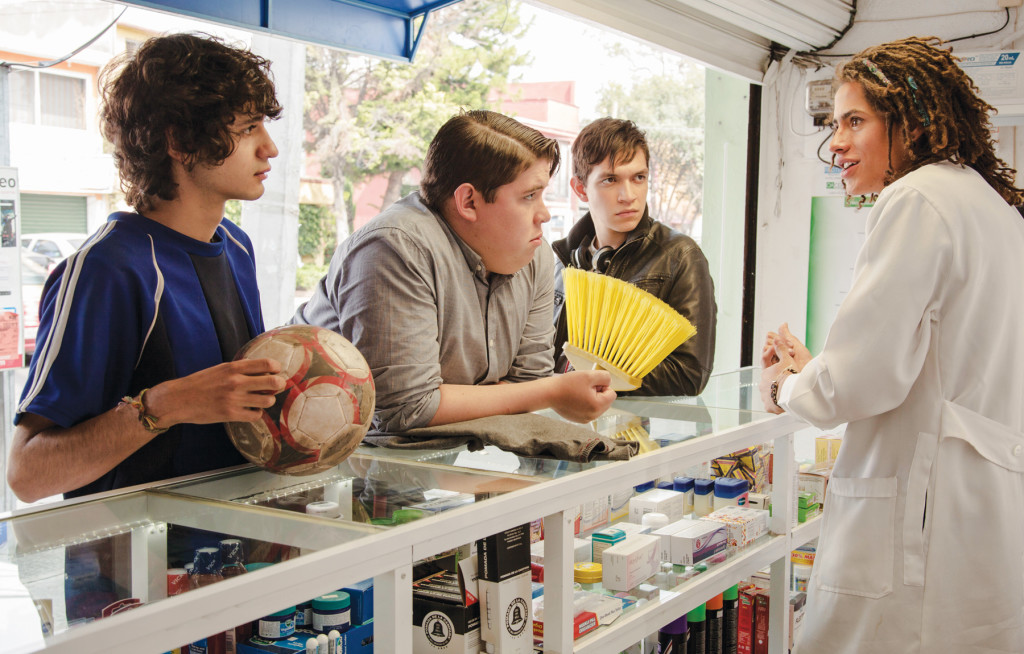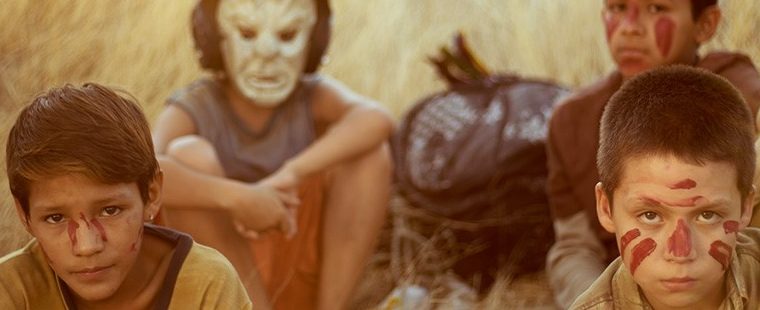
Tp honor Cinequest, now underway, here’s the best of the over thirty films that I reviewed at the 2019 Cinequest. The searing dystopian fable Buy Me a Gun takes place in an imaginary near future, in which Mexico’s conquest by narco cartels is so complete that all other institutions have collapsed.
Buy Me a Gun’s Mexico is a bandit society run by rival warlords and their fighters – a new feudal age with automatic weapons. It’s a world of cruelty, where all the mothers and teen daughters have been taken by the cartels as sex slaves. And it’s a surreal Mexico, desolate of people, the population having dwindled due to lack of women.
The cartel fighters spend essentially all of their time in four pursuits: the drug trade, raiding for women and girls, partying and playing baseball.
We meet one surviving man who is not in a cartel. Rogelio (Rogelio Sosa) has been imprisoned by a cartel to perform as the groundskeeper of the baseball field at their base. Rogelio is addicted to drugs, and he knows that his life is subject to the whim of any of the fighters at any moment, particularly the terrifying and gender-ambiguous cartel commander (Sostenes Rojas).
While Rogelio walks the tightrope of narco murderers, he is hiding a high stakes secret in plain sight. He has a 10-year-old daughter Huck (Mathilde Hernandez) who he is protecting from the fighters by pretending that she is a boy. If the cartel fighters discover his ruse, he will certainly be killed and his daughter will certainly become a sex slave. Because he can’t escape (and there is no place to escape TO), this is Rogelio’s best option, as harrowing as it is.
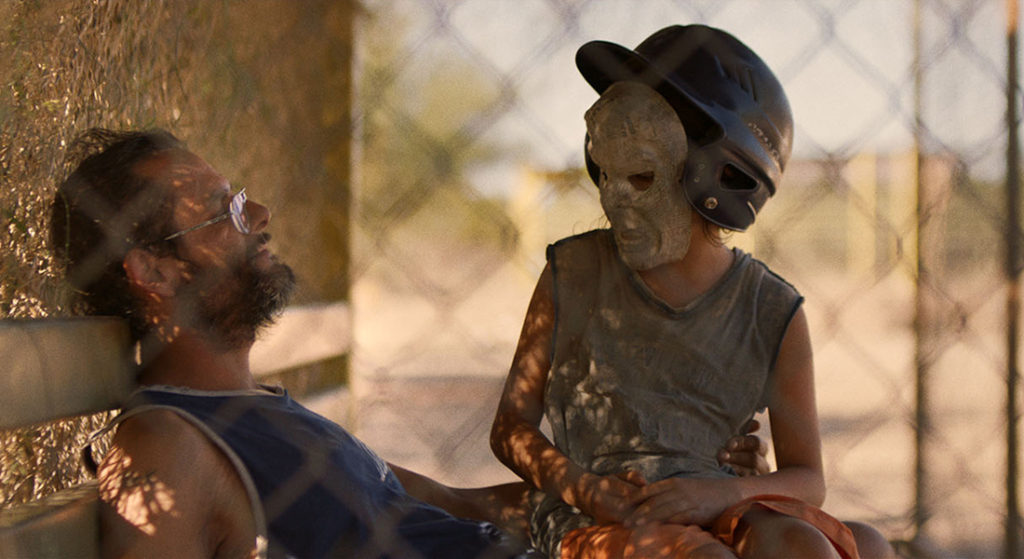
Huck is not the only child at the narco base – she has a pack of feral friends, some horribly disfigured from the environment of violence and the cartel’s cruelty.
While in the throes of his addiction, the groundskeeper is decent, resourceful and brave – devoted to his daughter in a hopeless situation. This is an extraordinary performance by Rogelio Sosa.
One childish mistake puts the dad and daughter in jeopardy. Will she escape the danger? Buy Me a Gun turns into a heart-pounding thriller.
Buy Me a Gun is written and directed by Julio Hernández Cordón, and it’s an impressive achievement, one of the most original films I’ve seen in this decade. One scene in particular, involving a trumpet and purple smoke to illustrate smoking drugs, is genius. Along with Huck, there are child characters that Hernández Cordón has named Tom and Sawyer.
The only crappy thing about Buy Me a Gun is its title, which would better fit a shallow crime movie than such a profound fable.
I screened Buy Me a Gun the 2019 Cinequest before its theatrical release in Mexico. At the 2020 Ariel awards (Mexico’s Oscars) , it garnered eight nominations including for Best Picture, Director and Screenplay and Best Supporting Actor for Sostenes Rojas. Buy Me a Gun is now is now streaming on Amazon, AppleTV, and YouTube


